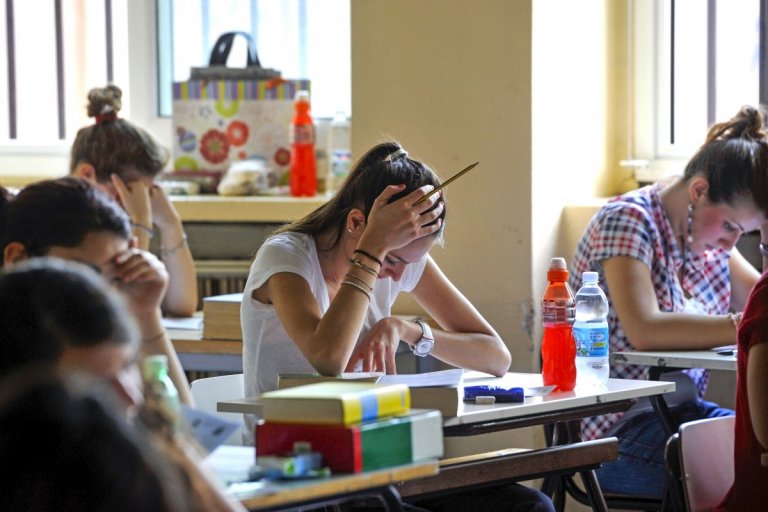
Final or cumulative exams and assessments at the end of a semester is common – and often compulsory – for national-level education in the UK and other Commonwealth countries like Australia and Malaysia.
In the US, however, it’s not a compulsory aspect of high school education. Grades are typically given based on the combination of assignments, projects, quizzes and tests given throughout the semester.
But ever since the late 1990s, more and more US states have started to implement End-of-Course (EOC) exams.
A new report by the Thomas B. Fordham Institute (a conservative nonprofit education policy think tank) recently found that students who take them have higher graduation rates and better student learning outcomes.
The EOCs in the US are academic assessments conducted in many states by the State Board of Education, such as Georgia and North Carolina.
The report, titled End-of-Course Exams and Student Outcomes, is co-authored by Fordham’s Adam Tyner and Matthew Larsen, an assistant professor of economics at Lafayette College, and provides a rich longitudinal look at state policies related to EOCs over the past twenty years, as well as the effects of administering EOCs in different subjects on high school graduation rates and college entrance exam scores.
EOCs linked to better student learning outcomes
Frisco ISD students score above state average on STAAR, end-of-course exams https://t.co/WuI1IZhV6g
— Lam Dinh (@Lam_Dinh) August 26, 2019
The study found that unlike high school exit exams, “EOCs are generally positively correlated with high school graduation rates.”
They also found no statistically significant correlation with college entrance exam score when analysing the EOCs by subject, but students in states with the most EOCs appeared to outperform other students on these exams.
This means that students who take more EOCs have better learning outcomes, which suggests that the positive effects may be cumulative.
According to the report, “Properly deployed, however, EOCs may help to uphold standards and rigor, incentivize high school students to work harder, encourage teachers to work with their pupils to
succeed, and even support positive peer norms, as students are not graded relative to one
other but against an external yardstick.”
EOCs assess students on what they have learned
End-of-course exams emphasize students’ mastery of course content and positively impact high school graduation rates! https://t.co/bq3VYX9DDX
— GLEP (@GLEP_MI) August 27, 2019
The EOCs are not a cumulative exam like final exams typically are in other countries, but they serve the same purpose of testing students on what they have learned throughout the semester.
As stated in the report, “This kind of test is connected to what students are learning in their courses and is designed to assess precisely the content that those courses are supposed to cover.”
EOCs are not high stakes exams, typically accounting for 20 percent of a student’s final course grade, but in most schools they are compulsory in order for a student to graduate.
This has led to positive graduation rates, with the impacts of the Math and English language arts tests being most statistically significant. The report found that there is a negative correlation between the science subject EOCs and graduation rates, but it is not statistically significant.
So should more schools implement EOCs? Researchers think so. There has been a decline over recent years in schools using EOCs because it’s considered expensive, but the pros clearly outweigh the cons when it comes to student accountability and learning outcomes.
The report includes the following recommendations for schools: embrace the EOCs to leverage the benefits associated with external assessments, consider building high school accountability systems around the EOCs, and use the tests to encourage students to put more effort into their studies (by linking them to graduation or making them part of the course grade).
The researchers also found a decline in schools using the EOCs in recent years, but with this new study and the recommendations, perhaps that will change.
Liked this? Then you’ll love…
Are virtual schools the new home school in the US?
Difference between GCSE and IGCSE is causing a divide in UK schools







